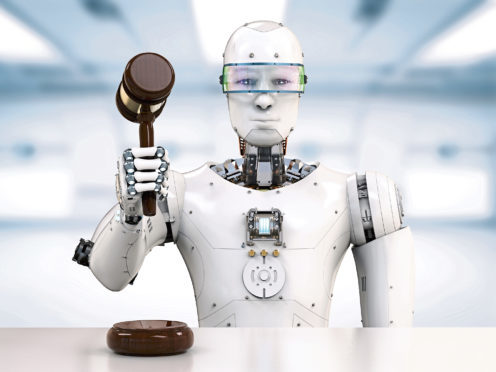More than 500,000 Scottish jobs could be created through artificial intelligence by 2037.
According to research by PwC, the deployment of robotics, drones and driverless vehicles will lead to the creation of 558,000 jobs and the displacement of 544,000 others, as the employment market faces its biggest shake-up in a lifetime.
The professional services firm said artificial intelligence (AI) will create jobs as productivity and real incomes rise, and new and better products are developed.
PwC’s latest Economic Outlook, projects growth in Scotland of just over 1% in 2018, lagging behind UK growth of 1.3%. In 2019, growth in Scotland will pick up to 1.3% but remain behind overall UK growth in 2019 of 1.6%, the report says.
Looking 10-20 years ahead, emerging technologies like robotics and artificial intelligence could hold the potential for faster productivity growth, with a positive net impact on employment.
PwC’s study explained that as AI capabilities allow firms to produce the same product at a lower cost, these savings will be passed on to consumers to keep companies competitive. Households will therefore be able to buy more with their money as a result, leading to employment opportunities as firms respond to the extra demand.
As well as reducing prices, labour-saving technologies will also improve the quality of existing products and bring new products to the market, which also create a need for additional workers.
Euan Cameron, UK AI leader at PwC, said: “AI offers a huge potential economic boost to the UK and it’s great to see the government recognise and support the development of the sector.
“People are understandably worried about the impact of AI on jobs, and businesses and the government need to address these concerns head on. Our research highlights where the biggest impacts will be and which areas are most vulnerable, so that businesses and government can help people develop the skills for the future.”
